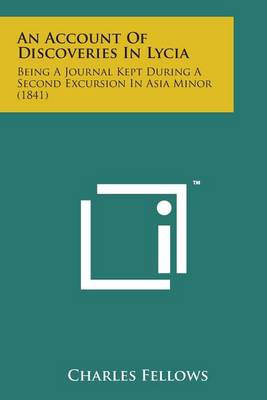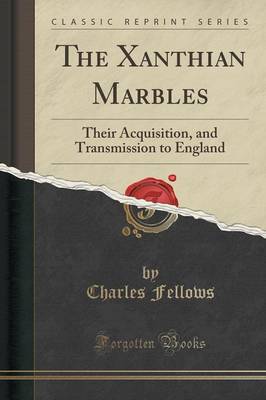Cambridge Library Collection - Archaeology
3 total works
The traveller and archaeologist Sir Charles Fellows (1799-1860) made several trips through Asia Minor. This work, first published in 1841, is an account of the second of these journeys, recording his careful observations of the places he visited in 1840. During his first trip in 1838 he had seen the ruins of ancient cities that were hardly known to Europeans at that time, and he soon returned to focus his attention on Lycia. Fellows provides here a lively narrative of his discoveries, along with his own detailed drawings and many inscriptions in ancient Greek. His publications generated significant interest, fuelling the British Museum's desire to acquire antiquities from the region. Fellows was later knighted for his role in these acquisitions, though controversy surrounds their removal. The journal of his first trip, and his later work The Xanthian Marbles (1843), are also reissued in this series.
The traveller and archaeologist Sir Charles Fellows (1799-1860) made several trips through Asia Minor. His careful observations of ancient cities that were at that time unknown to Europeans captured the attention of readers of his published journals and fuelled the British Museum's desire to acquire antiquities from the region. This brief work, first published in 1843, seeks to explain and justify how Fellows shipped dozens of cases of sculptures and architectural remains to Malta from Xanthos, an important city in ancient Lycia. It includes correspondence relating to the practicalities of carrying out the expedition and securing permission to do so from the Ottoman authorities. Fellows was later knighted for his role in these acquisitions, though controversy surrounds their removal. His well-illustrated accounts of his two previous trips to Asia Minor are also reissued in this series.
The traveller and archaeologist Sir Charles Fellows (1799–1860) made several trips through Asia Minor. This work is an account of the first of these, recording his careful observations of the lands he travelled through. On this trip, he found ancient cities which were unknown to Europeans at that time, including Xanthos, the capital of ancient Lycia, dating from the fifth century BCE. Fellows' narrative brings the journey to life with vivid descriptions of the people and places he encountered, and detailed sketches of notable antiquities and inscriptions. First published in 1839, this work generated significant interest, fuelling the British Museum's eagerness to acquire antiquities from the region. Fellows was later knighted for his role in these acquisitions, though controversy surrounds their removal. Two of his later works, An Account of Discoveries in Lycia (1841) and The Xanthian Marbles (1843), are also reissued in this series.


